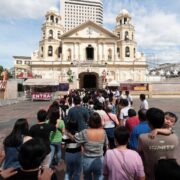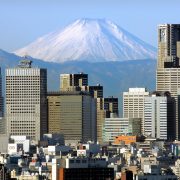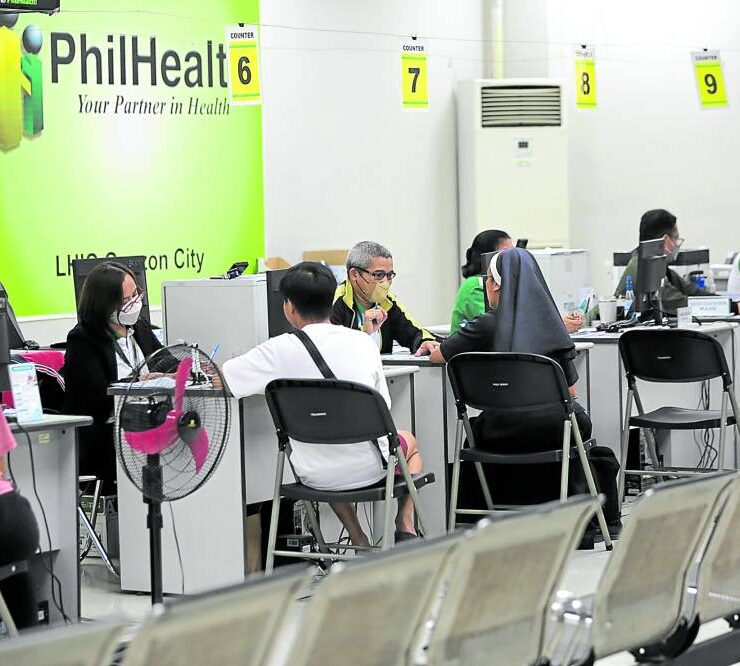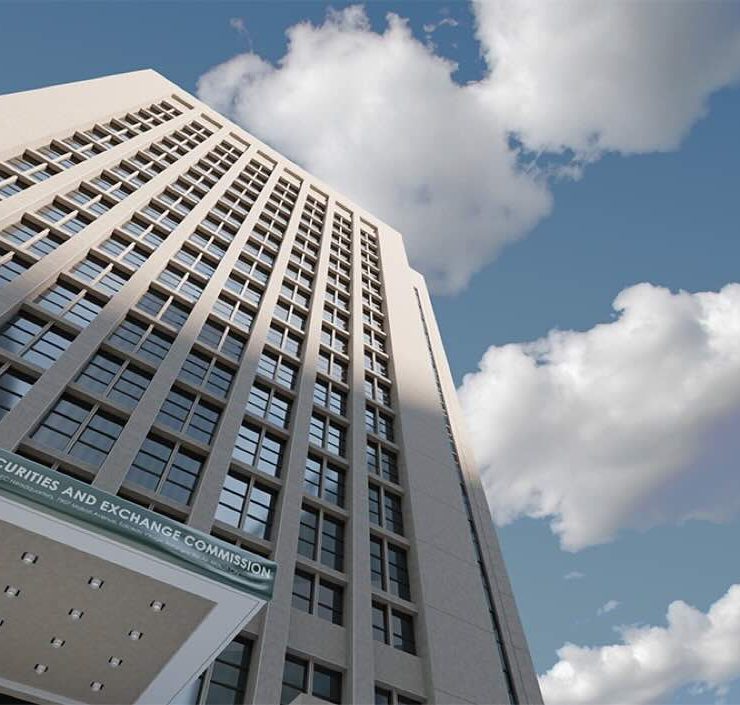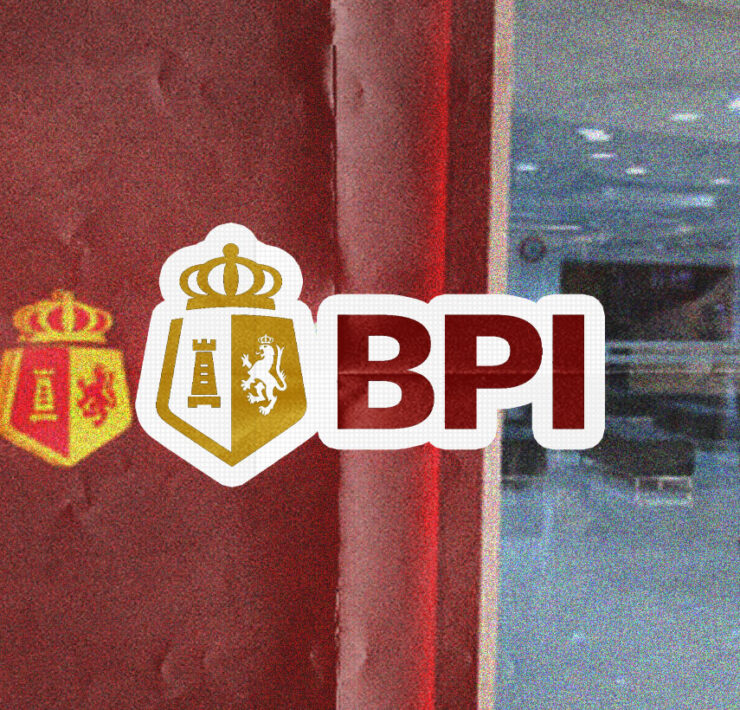PSA: PH health spending rose to 5.9% of GDP in ’23
The country’s spending on health as a share of the economy rose to its highest level in two years in 2023, according to the Philippine Statistics Authority, driven in part by an aging population and rising healthcare costs.
Preliminary PSE data showed that national health expenditure increased by 17 percent to P1.44 trillion in 2023, which is equivalent to 5.9 percent of Gross Domestic Product, up from the revised 5.6 percent in 2022.
“Factors such as inflation, an aging population, and rising chronic diseases likely drove this increase,” Robert Dan Roces, chief economist at Security Bank said.
With this, Roces said that higher healthcare costs may strain household budgets, impacting consumption and economic growth.
“In the long run, an inflationary environment, health care spending gets a smaller allocation in the budget of the consumer, favoring instead spending on other items such as food,” Roces said.
Average inflation last year accelerated by 6 percent from 5.8 percent average in 2022, fuelled by increasing prices of food and utilities items.
For John Paolo Rivera, senior research fellow at state think tank Philippine Institute for Development Studies, higher health spending may be attributed to other health issues aside from the pandemic-induced problems.
“Likewise increased spending on healthcare financing and health-related capital expenditures may have also contributed to this as the Philippines relaxes its pandemic-related response towards other pressing health concerns,” Rivera said.
Household out-of-pocket payments accounted for the largest share of healthcare spending with 44.4 percent in 2023, slightly lower than the 44.6 percent in 2022. In absolute terms, household spending on healthcare grew by 8.5 percent to P550.19 billion last year from P506.19 billion in 2022.
Government schemes and compulsory healthcare contributions, meanwhile, accounted for just 42.6 percent of current health spending in 2023, lower than the 45.5 percent previously. Spending was P528.75 billion last year, up by 2.2 percent from P517.19 in 2022.
In 2023, health-related spending amounted to P11,083 per person, reflecting an 8.3 percent increase compared to the previous year.
Hospitals received 46.1 percent of all health spending last year, lower than the 48.9 percent share in 2022. In absolute terms, hospitals captured P571.77 billion, down from P554.98 billion.
Retailers and other providers of medical goods captured 29 percent of spending amounting P360.05 billion while providers of healthcare system administration and financing got 9 percent or P111.47 billion.



